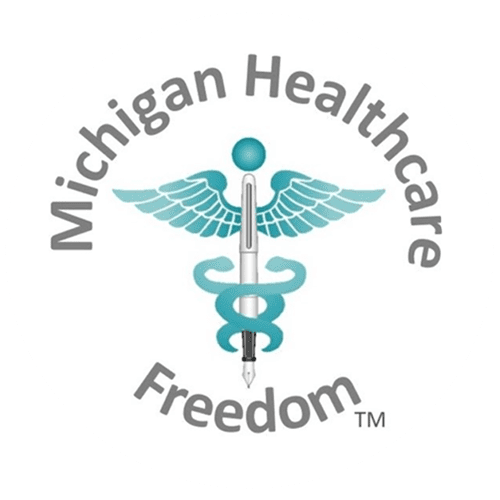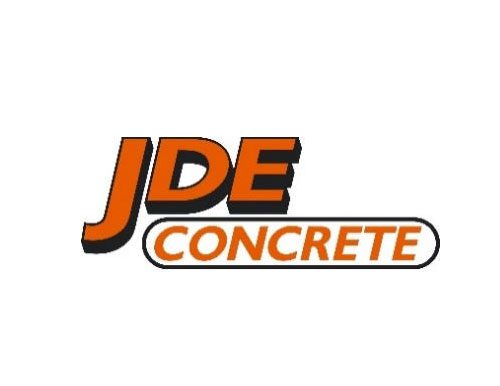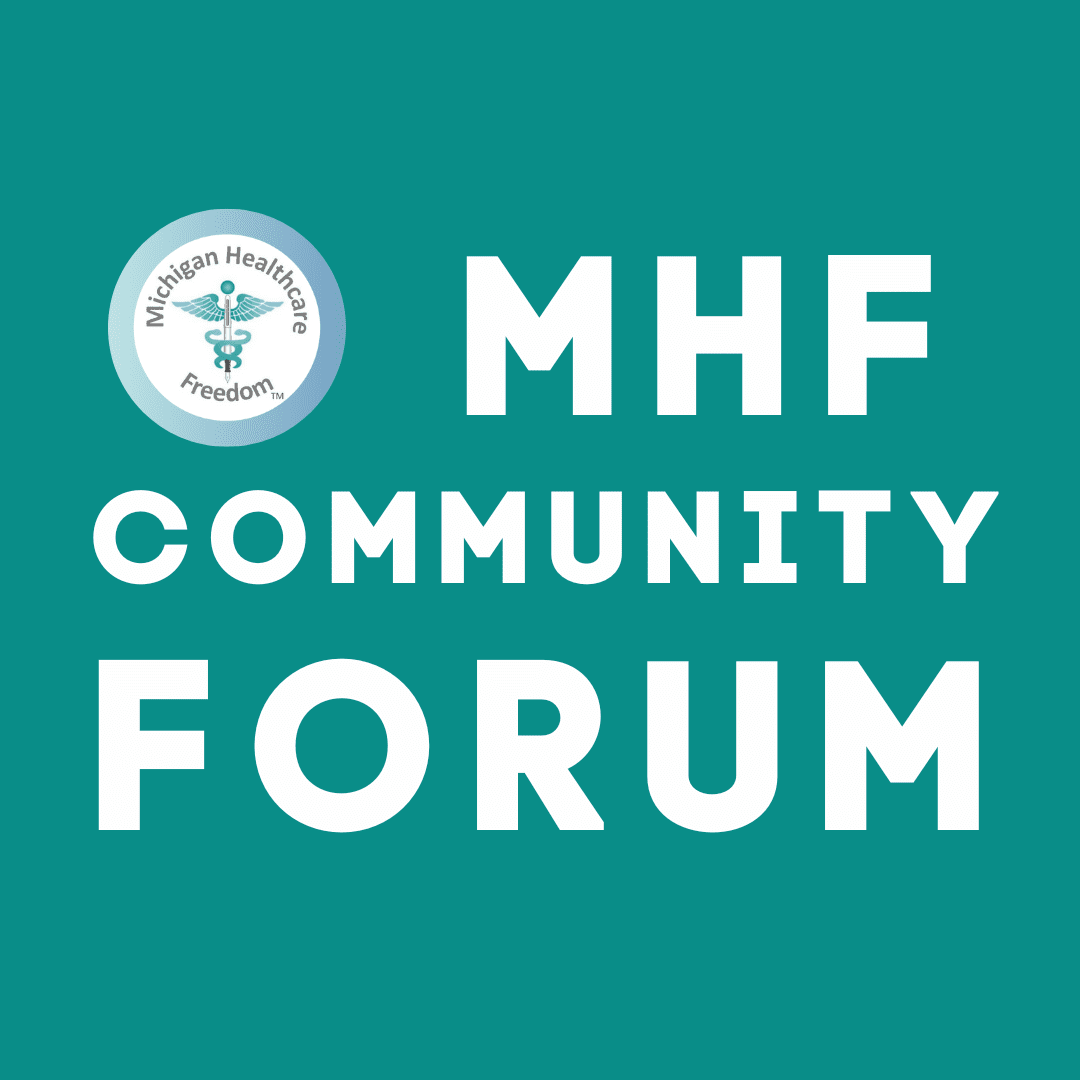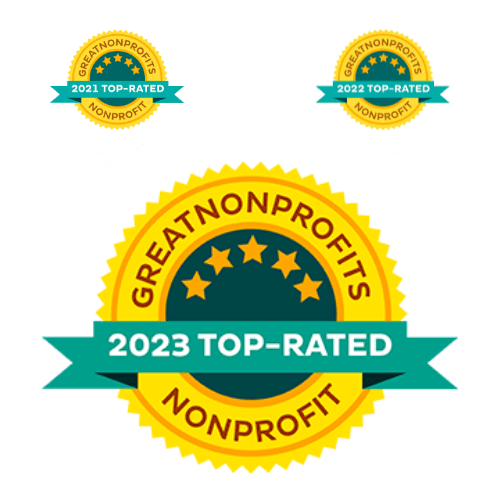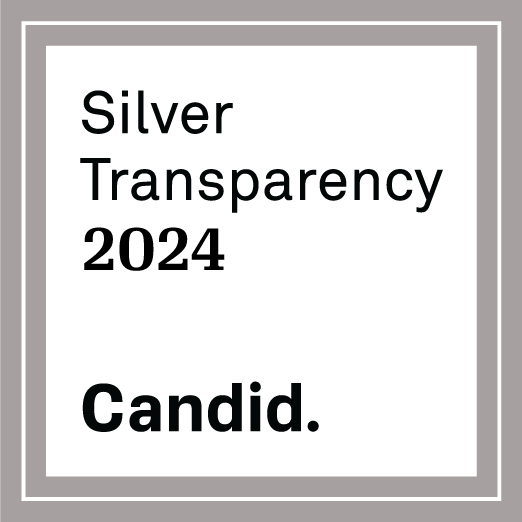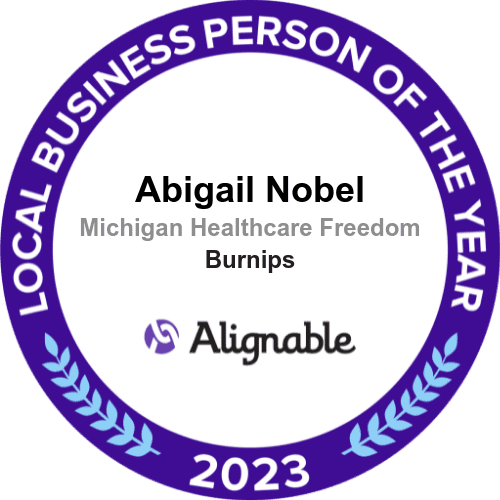
Generic drugs are the only restraint on pharmaceutical prices and Big Pharma has been waging a war against them which has succeeded in the case of low volume, limited competition drugs. Here is an expedited priority review voucher (PRV) approval proposal to facilitate generic versions of low volume drugs:
A Priority Review Voucher Program To Fuel Generic Drug Development
By Ted Cho, Patrick Dumas, and Brian J. Miller - July 6, 2023Millions of Americans report that they are unable to fill their prescriptions or are not taking their medications as prescribed because they cannot afford them, generating bipartisan interest in curbing the rapid rise of drug prices. Opinions diverge on how best to approach this problem while also preserving access and innovation, but small molecule generic drugs have historically offered significant cost savings that have contributed to keeping a portion of health care spending from spiraling out of control.
However, there is a troubling lack of competition in certain generic markets, resulting in inflated prices for critical generic drugs. To address this, we propose a new priority review voucher program to incentivize competition in limited-competition, small molecule generics markets. Specifically, companies that develop and market generic drugs in markets with limited or no competition would receive a transferrable priority review voucher (PRV) with no expiration date. PRVs could then be redeemed for an expedited Food and Drug Administration (FDA) review of a new drug application (NDA), resulting in an expedited process that typically grants a decision within 6 months as opposed to the standard statutory NDA goal of 10 months.
This is not a new strategy: similar programs already exist in the form of the Tropical Disease PRV Program, the Rare Pediatric Diseases PRV Program, and the Material Threat Medical Countermeasures PRV Program
Although there has been considerable debate about the direct effects of existing PRV programs, there is no doubt that they provide a model for a working “pull” strategy that has been shown to create substantial incentives to enter into traditionally underserved markets. Moreover, generic drug markets represent a unique niche where the strengths of a targeted PRV program could spur much-needed competition to lower prices, increase supply, and prevent access-threatening, monopolistic pricing–the “Martin Shkreli” scenario.
The Role Of The Small Molecule Generic Market
The enactment of the Drug Price Competition and Patent Term Restoration Act of 1984, commonly known as the Hatch-Waxman Act, is widely credited as the foundation on which the generic drugs market of today was built. The Hatch-Waxman Act introduced new market exclusivity periods and facilitated the filing of Abbreviated New Drug Applications (ANDAs), which together allowed for accelerated market entry for generic drugs. Even taking into account some of the losses due to unintended consequences, low-cost generic drugs still generated $338 billion in savings to the U.S. health care system in 2020 and more than $2.4 trillion in savings over the prior decade. Additionally, appropriate use of low-cost generic drugs is associated with improved patient medication adherence and, consequently, even improved health outcomes.
The leading strength of the generic drugs market is the use of competitive pressure to drive down prices. Unfortunately, we are seeing a decline in the number of ANDAs submitted to (806 in fiscal year (FY)2021, down from a peak of 1,306 in FY2017) and approved (836 in FY2021, down from a peak of 1,171 in FY2019) by the FDA. This discouraging trend signals what may be an ebb in the wave of competition-driven growth in generics markets that we have seen in the past.
There has also been a general stagnation in the number of first-market-entrant generics approved in recent years, with only 7 percent of ANDAs being approved as first-market-entrant generics in 2019, down from a high of 25 percent in 2012. Declining ANDA approvals may be indicative of a market-wide stall out, with limited motivation to compete in small molecule generic drug markets; this is particularly concerning given that the generic markets with the most price competition and, consequently, the lowest, most affordable prices are those with more competitors. Market entry as measured by ANDA approvals is critical, with research demonstratingthat the first generic entry results in a 39 percent reduction in the average manufacturer price (AMP) and that each incremental competitor generic entry results in further substantial price competition—price reductions with six or more competitors exceed 95 percent of AMP.
The decline in ANDA approvals is also aligned with near-record generic drug shortages, highlighting the need for a robust generic drug market to ensure access in addition to improved affordability.
This constellation of symptoms has led to a number of very public examples of what some policy scholars have described as price gouging in markets with limited or no generic competition. Two recent notable examples include Turing Pharmaceuticals' 5,000 percent price increase for the toxoplasmosis treatment, Daraprim, in 2015 and Mylan’s 400 percent price increase for the injectable epinephrine, the EpiPen, since its acquisition in 2007. These drastic measures incited public outcry and lend further credence to the desire to investigate current practices that may lead to increased prices and reduced access in the small molecule drug space.
A multitude of drug pricing challenges culminated in legislative proposals such as the Medicare drug price setting provisions in the Inflation Reduction Act (IRA) and the aptly named Preserve Access to Affordable Generics and Biosimilars Act, which would prohibit drug manufacturers from compensating other drug manufacturers to delay the market entry of generic drugs. Some portions of the private sector have also recognized an opportunity to address this ever-widening gap--a prominent example is Mark Cuban’s Cost Plus Drug Company which specializes in procuring and eventually producing generic drugs, passing on savings to make generics more accessible. Despite these developments, there are still more than 300 off-patent, off-exclusivity drugs without an approved generic; more than half of all generics have two or fewer manufacturers; and sole-source, off-patent drugs continue to rapidly increase in price. Together these trends clearly point to a great need for innovative solutions to incentivize and spur more competition in generic drug markets.
Expanding The PRV Program To Limited-Competition Generic Markets
First proposed as a policy in 2006, the Tropical Disease PRV Program was written into law as part of the 2007 FDA Amendments Act and twice expanded. The program granted the FDA the authority to award PRVs to sponsors of products that address certain tropical disease applications. PRVs can then be redeemed for an expedited FDA review of a new drug application (NDA), resulting in an additional 4 months of marketing while under protected exclusivity periods, making PRVs financially attractive to drug developers.
PRVs have no expiration date and can either be used for a future submission to the FDA or transferred (typically through a sale) to another party, which can then choose to redeem the PRV for expedited FDA review or again transfer the PRV to another party. One of the most recently transferred PRVs sold for $95 million in January 2023, with the average sale price sitting at $100 million. Sixty vouchers were awarded from 2009 through 2022 (13 Tropical, 39 Pediatric, 8 Countermeasure). Although PRVs have experienced modest uptake and been subject to questions from academic researchers, a GAO report from 2020 found that drug sponsors indicated that the PRV programs were at least a factor in, if not pivotal to, the development of certain drugs. The report also noted that this incentive was particularly important for smaller manufacturers as well as nonprofit organizations that rely on the PRV to fund their operations.
Our proposed “Limited-Competition Generic Market (LCGM) PRV Program” would be modeled after existing PRV programs and would award PRVs to companies that introduce new generic drug products into key drug markets with limited or no competition. An initial list of these key drug markets would be established by Congress and maintained by the FDA through a process similar to that of the Tropical Diseases PRV Program, with criteria for inclusion, exclusion, and amendment. We propose that these key drug markets would be defined and differentiated based on drug class rather than medical indication and that inclusion of any market would satisfy both of the following criteria:
1) A market of critical importance to the health care system (e.g., a World Health Organization Essential Medicine or similar) or to national security
2) A market that does not yet have a generic drug alternative to name-brand drugs or has a Herfindahl-Hirschman Index, a commonly used measure of market concentration, greater than 2,500, which is the threshold that the US Department of Justice uses as an indicator of highly concentrated markets
The LCGM PRV program process (see exhibit 1) would begin with a formal application from a drug manufacturer to the FDA, including an attestation of the intended key market addressed by the prospective generic. Submission of this application would require a nominal fee to discourage companies from flooding the FDA with applications, and the requirement of submitting an application to the FDA for approval would allow for resource planning as well as the option to deny applications if they do not meet LCGM PRV programmatic criteria.
Once the FDA approves an application, the submitting drug manufacturer would have 12 months to submit a full ANDA to the FDA. As long as the ANDA is submitted within that 12 month period and is eventually approved (which does not have to occur within the 12 month window), an LCGM PRV would be guaranteed to the manufacturer even if the circumstances of the indicated market have changed, ensuring regulatory certainty for manufacturers so that they are not penalized for market shifts beyond their control. Like other PRVs, LCGM PRVs could be transferred or redeemed. Should the FDA review and approve the submitted ANDA, the applicant manufacturer would also need to create and commit to a comprehensive plan for producing, marketing, and selling the new generic drug for a minimum of three years.
To discourage inappropriate gaming of this program, breaking this commitment to making this generic product available to patients would incur a heavy fine and disqualification from future participation in any PRV program. This responds to concerns that the existing PRV program solely incentivizes development and market entry rather than access or availability of those developed drugs. For example, Miltefosine, the only oral treatment approved for the treatment of the parasitic infection leishmaniasis, was awarded a PRV but is generally considered inaccessible because of issues with both affordability and availability.
One important exclusion from this proposed LCGM PRV program would be “authorized generics”—generic versions of original brand name products produced by the original manufacturer that are identical to the original brand name product. Allowing a company to be further rewarded for releasing an authorized generic that uses the same production capacity and supply chains as the original product would not create meaningful competition and therefore does not align with the spirit of the LCGM PRV program.
Strengths And Limitations Of An Expanded Priority Review Voucher Program
This LCGM PRV Program would not represent a unique problem-solving approach. Rather, it would be a continued expansion of existing programs with modifications including a requirement to manufacture and market products that receive a PRV. (Policymakers should consider adding this requirement to other PRV programs.) While consensus quantification of the successes of the Tropical Diseases and Rare Pediatrics Diseases PRV programs is difficult, both have proven to represent significant value to industry and to incentivize market entry and competition—albeit with some room for improvement specifically in terms of accessibility.
Even more promising: While there are some concerns that PRVs alone are not sufficient to properly incentivize developing new drugs, bringing a new generic drug to market is substantially cheaper than the analogous process for a branded drug. Previous estimates of generic drug development and approval costs cite figures ranging from as low as $250,000 to as high as $25 million (although more recent studies suggest that these values are outdated and that there is great variation with different generic market conditions and variables); which are substantially lower than the current market value of PRVs sitting at around $100 million. There is concern that introducing another PRV program has the potential to dilute the secondary market value of PRVs; however, one would still expect that the value of PRVs relative to the total cost of bringing a new generic drug to market to be exceedingly favorable. Additionally, the value of PRVs may increase in the wake of the IRA’s drug policies, as certain manufacturers would have a reduced window to otherwise freely price their drug products.
A separate concern might be that the PRV program already places a significant burden on FDA resources; expedited FDA review in the setting of PRV redemption might thus come at the expense of other products in the review pipeline. The redemption of a PRV, however, incurs a priority review user fee in addition to the typical FDA new drug user fees. This additional fee is specifically levied to offset the additional cost that the FDA incurs to complete these expedited reviews, with the actual dollar figure based on the average cost of expedited reviews in the previous fiscal year. In FY2022, this fee was $1,266,651, down 72 percent from when the fee was first established in 2011.
With the added incentive of a PRV award, one would expect greater density of development in limited-competition generic markets, particularly among smaller companies and companies that specialize in generic drug development. As such, the value of the PRV could be framed as seed money designed to encourage the formation of specialized generics companies like the Cost Plus Drug Company, which would bolster the domestic generic market.
A new LCGM PRV program is a calculated strategy to incentivize generic competition. Our proposal contrasts with competing mechanisms such as “exclusivity vouchers,” which would grant an extension of existing exclusivity periods on drugs. Some have proposed exclusivity voucher programs for the development of new antibiotics, which even resulted in a legislative attempt, the REVAMP Act in 2018. However, this legislative push was ultimately unsuccessful given concerns that the cost of these exclusivity vouchers to the health care system would be too high, with estimates that a single 12-month exclusivity voucher would result in as much as $4.8 billion of additional health care system spending.
With prescription drug costs reaching all-time highs and showing no signs of abating, there is bipartisan pressure to find new and innovative solutions to ease the fiscal burden felt daily by millions of Americans. Although generic drug markets are hardly the solution to all our problems, encouraging policy innovation in this proven marketplace would meaningfully improve the lives of many, increasing access and reducing costs for all.
PRVs - classic Stage 3 of Reagan's maxim about government!
"If it moves, tax it. If it keeps moving, regulate it. And if it stops moving, subsidize it."
Given the heavy long-term influence of Big Pharma in state and national capitols, is it any wonder that so many generic manufacturers have merged, and competition nearly disappeared?
I would dearly love to know the pharma lobby success rate. Whatever it has been, rolling it back is probably not a bad way to regain a market that actually serves consumers.
From the other end of the generic market, local effects can be devastating when longstanding, high-use, hospital drug production is stressed. This report centers not far from Michigan, in Decatur, IL.
NPR's link includes the 6-min audio. https://www.npr.org/sections/health-shots/2023/12/28/1221603375/how-rock-bottom-prices-drive-shortages-generic-drugs-hospitals
How rock-bottom prices drive shortages of generic drugs used in hospitals
Steven Coventry spent 20 years at the Akorn pharmaceutical factory in Decatur, Ill., and worked his way up to operations manager.
The plant closed abruptly in February 2023, when the company shut down its four manufacturing facilities. In Decatur, Akorn laid off 400 employees.
But Coventry went back to work at the Decatur plant last summer because new owners hired him to essentially resume his old job and bring it back to life.
It was a surreal scene.
"Coffee mugs were left on tabletops, personal items," he said. "It was kind of like a ghost town and a little sad to go through and see, you know, people's lives just basically upended."
Coventry says the factory used to make 100 different products. The shutdown contributed to new drug shortages and made some others worse.
He's glad to be back.
"It's like home. It's where I grew up," he said. "I was really driven to ... bring it back up to its glory days of what it was in the past."
Low prices bring unintended consequences
When Americans think of drug prices, they usually think that they're too high. And for name brand drugs, that's often the case compared with the rest of the world.
But when it comes to generic sterile injectables, medicines that are workhorses in hospitals, the opposite problem is true. They can be too cheap.
"For off-patent generic drugs, especially those used in the hospital setting, Americans actually pay lower prices than Europe does," said Rena Conti, a professor at the Boston University Questrom School of Business.
Companies compete with each other to offer hospital purchasers the lowest price, driving the prices to rock bottom. Over time, prices can get so low that it doesn't always make good business sense for the companies to keep making some drugs. So they stop.
"It's the same issues that we've been dealing with for many years, especially with these older generic drugs that are having fewer and fewer manufacturers making them," Valerie Jensen, associate director for drug shortages at the Food and Drug Administration, told NPR. "There isn't a lot of buffer when something goes wrong on the manufacturing line."
With fewer suppliers of generic drugs, a weather event – like the tornado that ripped through a Pfizer facility earlier this year or Hurricane Maria in Puerto Rico in 2017 – can wreak havoc on an already fragile system.
On top of that, the bargain-basement prices don't encourage manufacturers to invest in new equipment and other things that would keep quality high and avert recalls and shutdowns.
"I would say, fundamentally, economics is causing this problem, and this problem is long-standing," Conti said. "We've been dealing with periodic and, more concerningly, persistent shortages in drugs ... for the better part of a decade or a little bit more. And fundamentally, the economics of this market has to change in order to get resilient supply."
What happened to Akorn?
Erin Fox is a hospital pharmacist who oversees purchasing drugs, medication safety and more for the University of Utah Health System. Like her peers across the country, she was caught off guard by Akorn's demise last winter.
"We actually got an email from our representative and he just said, 'Hey, we just walked in today. We learned that we're closing. Everyone has to leave today,' " she said. "So it was very abrupt."
The company went bankrupt after operating at a loss "for some time" and failing to get acquired by a company that would cover its liabilities, Akorn's CEO said in a letter to employees last February that was obtained by the Herald and Review in Decatur.
As soon as Fox got the news, she and her colleagues at University of Utah Health started poring over lists of medicines to see how the shutdown would affect them. Fox's team asked their Akorn rep if they could use what they had on shelves, and the answer that day was "yes."
The relief wouldn't last.
Six weeks later, Akorn recalled all the products it had made. There was nothing wrong with the drugs, and they hadn't expired. But no one was left at Akorn to answer the phone or initiate a specific recall if a problem did emerge.
"So you can't use it anymore," she said of Akorn's product line. "There's no gray area there."
Staffers at University of Utah Health had to log an extra 250 hours right away to deal with the fallout, taking Akorn products off shelves and finding replacements.
Products included things like the opioid sufentanil, which is often used in epidurals during labor and delivery. There are alternatives, but anesthesiologists prefer working with what they know best to reduce the chances for medical errors.
Akorn was also the only supplier of dimercaprol, an injectable antidote for lead poisoning. There are oral alternatives, but some patients are too sick to take them.
Rising from Akorn's ashes
A few months after Akorn shut down, Rising Pharmaceuticals acquired the former Akorn factory in Illinois. Rising plans to manufacture several of the generic products Akorn used to make there.
"Our intention is to really focus on those products of greatest need in the U.S. pharma marketplace and bring those back on," Ira Baeringer, Rising's chief operating officer, told NPR.
These include injectable forms of the antibiotic levofloxacin, the anesthetic tetracaine and droperidol, a medication to prevent nausea. Rising also plans to bring back several former Akorn eyedrop products in short supply.
But getting the factory up and running again is tricky because the water, air and mechanical systems had been shut down for so long. Normally, those systems run continuously.
He said Rising hopes the factory will be making products by the second half of 2024.
But what will keep Rising from going the same way Akorn did?
"Honestly, there's probably very little that can happen to prevent it," said Fox of University of Utah Health, explaining that it will depend on many factors, including which products Rising chooses and how it prices them. "So I think it's really hard to know if they'll be able to make it a success or not."
She said she hopes Rising can get a leg up from "people that want to keep manufacturing in the U.S."
The Biden administration has taken steps toward mitigating drug shortages, including expanding its use of the Defense Production Act to bolster domestic manufacturing of medicines deemed critical for national defense. The administration is also investing $35 million in domestic manufacturing of key starting materials for sterile injectable drugs.
"I'm hopeful," Fox said of the Illinois factory. "But we'll just have to see how it works out."
Sydney Lupkin is the pharmaceuticals correspondent for NPR.
She was most recently a correspondent at Kaiser Health News, where she covered drug prices and specialized in data reporting for its enterprise team. She's reported on how tainted drugs can reach consumers, how companies take advantage of rare disease drug rules and how FDA-approved generics often don't make it to market. She's also tracked pharmaceutical dollars to patient advocacy groups and members of Congress. Her work has won the National Press Club's Joan M. Friedenberg Online Journalism Award, the National Institute for Health Care Management's Digital Media Award and a health reporting award from the Society for Advancing Business Editing and Writing.
Lupkin graduated from Boston University. She's also worked for ABC News, VICE News, MedPage Today and The Bay Citizen. Her internship and part-time work includes stints at ProPublica, The Boston Globe, The Boston Herald, The New England Center for Investigative Reporting and WCVB.
